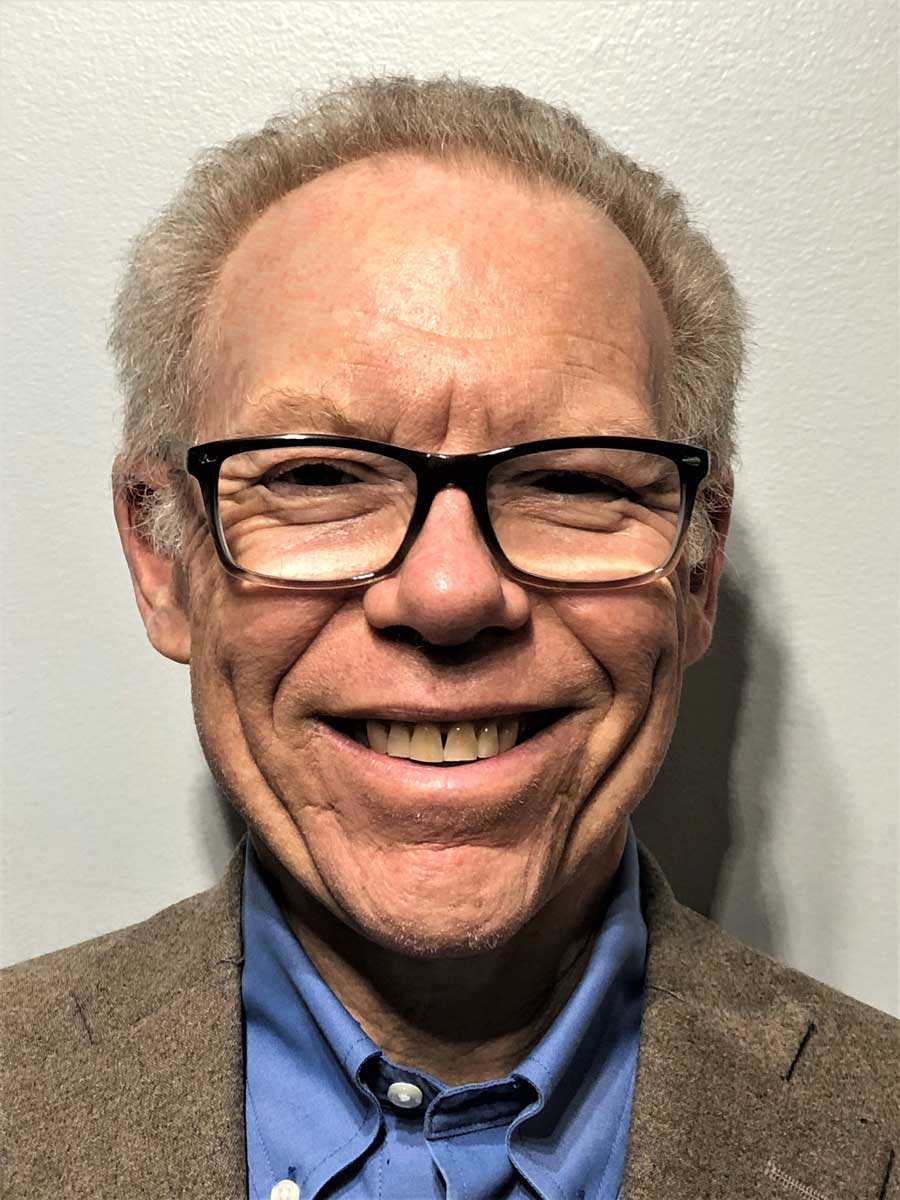by Bill Clontz, UUA Stewardship Consultant
In Part I, we began answering the question of what makes for successful resource campaigns. We discussed the following:
- Stewardship is ministry.
- The best stewardship campaigns are continuous, yearlong open discussions and reference resourcing our values.
- People give to actualize their values.
- Successful congregations celebrate donors just as they do volunteers.
- Leadership sets the example in commitments and in the campaign.
- It’s “The 3 T’s” (time, talent, and treasure), not “pick 2 out of 3 T’s.”
- Don’t conduct a budget drive like it’s a surprise. Have a plan.
Now let’s look at some additional benchmarks for success:
- The Stewardship Committee organizes and leads the stewardship effort, but they do not do it alone. Once campaign planning begins, Membership, Lifespan Spiritual Growth, Social Justice, the Board, and others are part of the Stewardship Team. The committee cannot and should not do it alone; we all own this.
- The mechanical guidelines for good campaigns are well known. You should have copies of Wayne Clark’s Beyond Fundraising – read it and use it – it works and it is full of these guidelines. For example, plan on about 10- 12 key people to run a first rate effort.
- A good, simple theme and visuals help people connect to stewardship. Relate to and put texture to your Mission and Vision statements. Similarly, well-selected and prepared testimonials are powerful. Use them and capture them for reuse.
- This is about community. If, at the end, people feel part of something, energized, proud of the results, and the amount needed was raised – it’s a great campaign. If they are frustrated, exhausted, and short funds – we failed the community.
- Data counts, and so does knowing the congregation. Look at people from many perspectives (what giving quartile are they in, how long have they been here, how active are they, what moves them, income changes, etc.?). Pair them with the right visiting steward. This helps people connect to the larger purpose of the effort.
- We need not be shy about asking – this is important to us all, so let’s ask. People often need help framing their contribution, especially new members. Make full use of the Fair Share Guide. If people want to know the mean and median contributions from last year and the size of our budget, they should have that information, but at best they match their decisions to the Fair Share Guide and do not focus so much on what others do. This is their commitment to make.
- Two things can be helpful. One, have a Commitment Sunday wherein the Visiting Stewards and the Congregation exchanges pledges. It’s very powerful to see those stewards standing up front. Two, recognize that many members on fixed income have limited potential to increase. No one should be overlooked or assumed unable to make an increase, but if they cite fixed income, it’s an ideal time to talk about legacy giving. You should have a Legacy Society to recognize and honor those who have put the congregation in their will or estate plans.
- Encourage people to set up auto pay, making contributions more predictable, with less processing.
Your stewardship campaign empowers everything else that you do as a congregation. It’s also a terrific opportunity to engage in community and to grow leaders. Plan and carry it out accordingly. Good luck!
Bill Clontz is the Southern Region’s UUA stewardship consultant and a member of the Congregational Stewardship Network. You can reach Bill through the CSN, through the Southern Region staff, or at bclontz@uua.org. Learn more about the CSN at http://www.uua.org/finance/fundraising/index.shtml .

Stewardship Consultant Barry Finkelstein has been a Unitarian Universalist congregational stewardship consultant since the Fall of 2007 and has worked with over 100 congregations on annual budget drives, capital campaigns, and strategic planning. This is Barry’s last post as he is retiring effective January 1, 2025.

